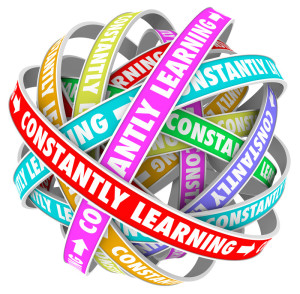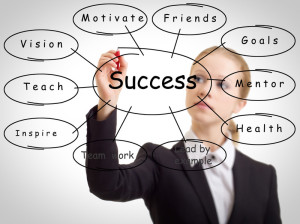Ayanna Presley, Sylvania Garcia, Veronica Escobar, Ilhan Omar, Rashida Tlaib, Deb Haaland, Sharice Davids, Alexandria Ocasio-Cortes, and Lauren Underwood.
These are names you may not recognize now. But you will. They are some of the more than 100 women elected to the House of Representatives on November 6th. Women have never held more than 84 of the 435 house seats according to a November 8th Washington Post article by Mary Jordan – Record number of women heading to Congress.
Ayanna Presley is the first black congressperson elected from Massachusetts. Sylvania Garcia and Veronica Escobar are both from Texas and the first Latino women elected to the House of Representatives. Ilhan Omar and Rashida Tlaib are the first Muslim women elected to the House. Deb Haaland and Sharice Davids are the first Native American women elected to the House; Sharice is the first openly gay person to be elected to public office in Kansas. Alexandria Ocasio-Cortes is the youngest woman ever elected to the House at the age of 29.
Lauren Underwood is a 30-year-old nurse who will be the youngest black woman in Congress. In a district that is 86% white, she beat six men in the primary and unseated a four-term incumbent. Her campaign focused on healthcare.
Another woman to watch is Kyrsten Sinema. She now has a slight lead in the Arizona Senate race but it is still too close to call at the time of this writing. If she wins, she will be the first bisexual person elected to Congress.
Now that’s what I call a diverse group of determined women representing the next generation of leaders in Washington. Continue reading









